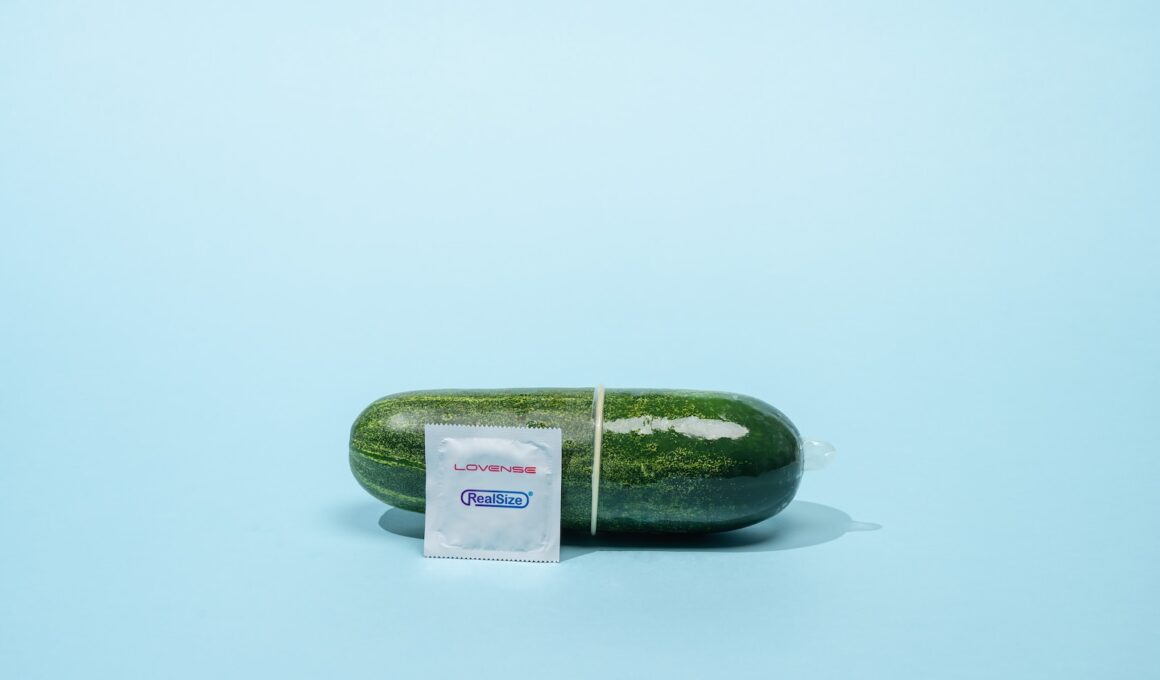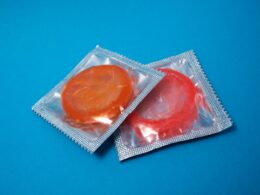Using condoms correctly can reduce the risk of pregnancy and sexually transmitted infections. But even when you use them correctly, it’s possible for a condom to break.
Condoms can break during storage, during intercourse or because of a problem with the manufacturer. But you can prevent them from breaking by avoiding some common mistakes.
Keep them away from heat and light
Condoms are an effective and inexpensive way to protect against pregnancy and sexually transmitted diseases. They create a physical barrier between you and your partner, which prevents sperm from entering the vagina or anus and reduces the chances of STI infections like chlamydia, gonorrhea and trichomoniasis. They’re also the best form of emergency contraception.
But, unfortunately, condoms can break even when you’re using them properly. Fortunately, there are some simple things you can do to prevent them from breaking.
Store them in a cool, dark place away from direct sunlight and other heat sources. Don’t keep them in your wallet (where they can absorb body heat) or in pockets that get too tight for long periods of time, as this causes friction. A bedside drawer or a man bag are great places to keep them.
Do not store them in a refrigerator or freezer, as this will cause them to dry out. This can weaken the latex material and make them more susceptible to breaking.
Always check the expiration date on your condoms and discard any that are past it. Using expired condoms can lead to both pregnancy and STI infection, so it’s important to be vigilant about checking and changing them regularly.
Don’t carry them in your wallet
Some people keep condoms in their wallets, but this can cause them to break. The reason for this is that wallets get moved around in and out of pockets, and can be sat on or bent. This can weaken the condoms, and cause them to break during sex. It’s a good idea to store your condoms in a safe place, such as a drawer or bedside table.
In addition to improper storage, incorrect application and misuse during sex can also cause condoms to break. For example, using the wrong size or putting on an internal condom too tightly without leaving room for ejaculate can lead to breakage. And using lubrication that’s too oily or sticky can make it more likely that the condom will slip off and break.
Finally, using sharp objects like nails or jewelry to open the condom wrap can nick it, which can lead to a break. You should always use your fingers to open condom wraps, and never use a knife or razor.
Although it’s disappointing when a condom breaks, the good news is that this rarely happens, and if you do become pregnant or have an STI, emergency contraceptives like Plan B or ella or a copper IUD will prevent pregnancy and STIs. It’s also a good idea to talk to your doctor about getting tested for HIV, so you can get treatment as soon as possible.
Don’t open them with anything sharp
There’s no worse feeling than getting done having sex and realizing that your condom broke. Even if it’s a small break, it could still allow sperm and viruses through.
Luckily, there are things you can do to help prevent condom breakage. For starters, don’t use any sharp objects to open your condom packet, like your teeth or scissors. It’s also important to store your condoms properly, don’t reuse them, and only use water-based lubricants. Oil-based lubricants can weaken latex, which increases the risk of breaking.
You should also make sure to check the condom regularly. It’s a good idea to do this after every time you use it, but especially before and during sexual activity. That way, you can catch any breaks right away and avoid unprotected sex or an unwanted pregnancy.
If your condom does break, don’t panic. Just do your best to find out why it happened and take steps to reduce the risk of pregnancy or STIs. Depending on your and your partner’s STI and pregnancy risks, you might need to use emergency contraception like Plan B or ella, an IUD, or get PEP (post-exposure prophylaxis) to protect against HIV. You should also visit a gynecologist to figure out what your next steps are. The gynecologist can give you the PEP medication and other options to help prevent STIs and pregnancy.
Use lubrication
Condoms create a physical barrier that can protect you from pregnancy and some sexually transmitted diseases (STIs), including chlamydia, gonorrhea, and trichomoniasis. Unfortunately, they’re not perfect and can break for a variety of reasons.
Luckily, there are some things you can do to help prevent condoms from breaking. You can store them properly (away from heat and direct sunlight) and use lubricant to reduce friction. You should also avoid using condoms past their expiration date as they can be more prone to breaking than newer ones.
If you’re noticing a lot of condom breakage, try switching brands or sizes to see if that helps. It’s also a good idea to change condoms even in-between sex, especially if you’ve been having sex for a long time.
Another common reason for condom breakage is using the wrong lubricant. Oil-based lubricants like vaseline, coconut, and baby oil can weaken latex condoms. Water-based lubricants, on the other hand, are safe to use with latex and polyurethane condoms.
Finally, don’t open your condoms with your teeth or anything sharp. Doing so can create small punctures and tears in the condom that make it less effective. Instead, gently tear the wrapper open with your fingers and don’t use scissors or knives to open them. Keeping these tips in mind can help prevent condoms from breaking and make your sexual experience more pleasurable.









